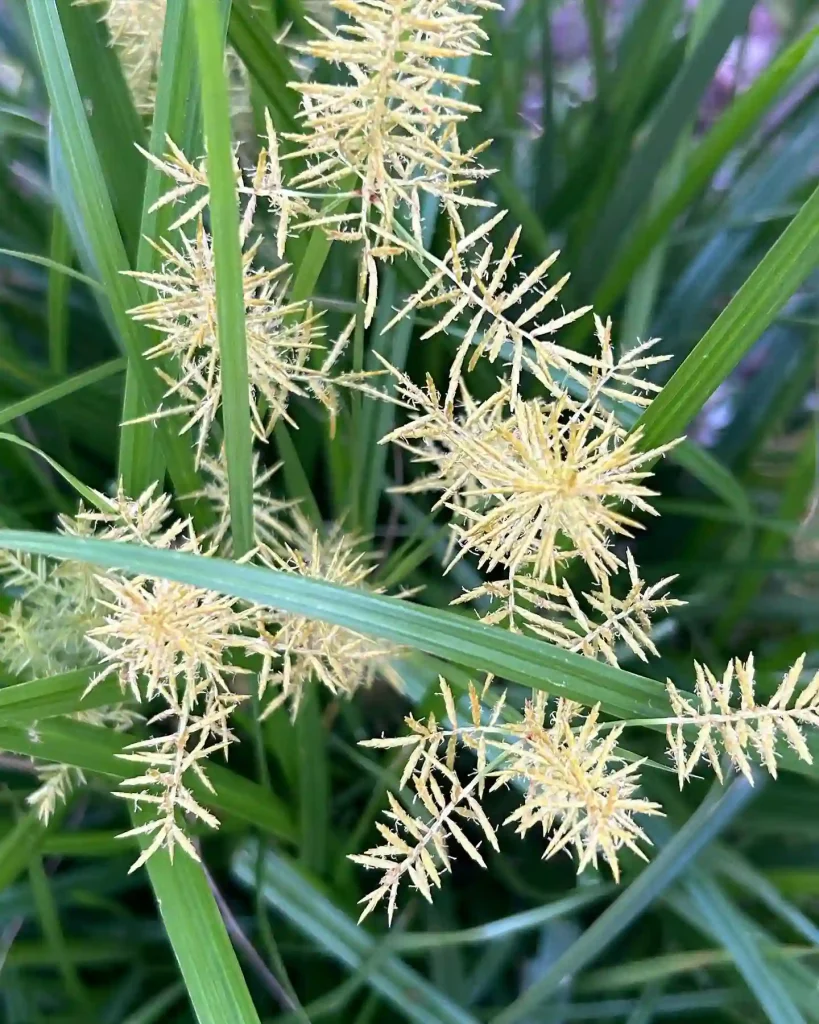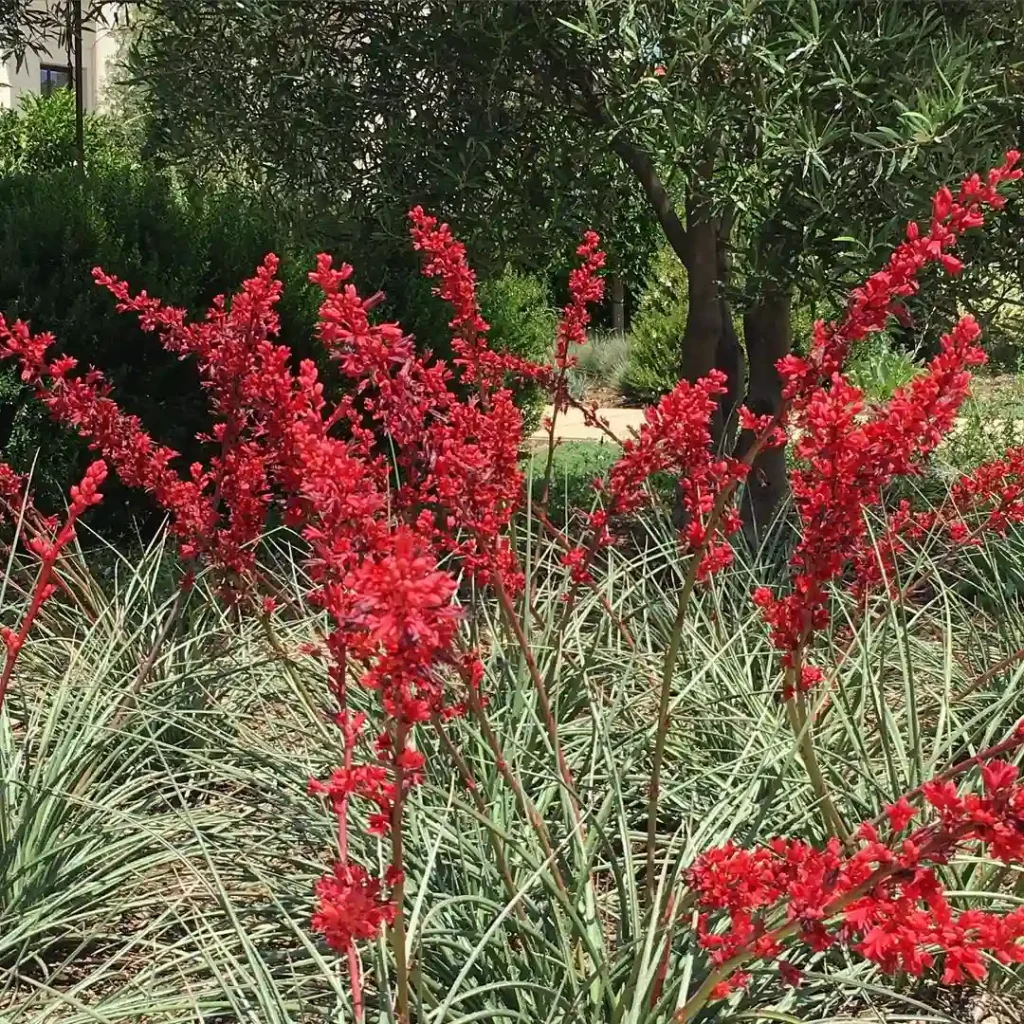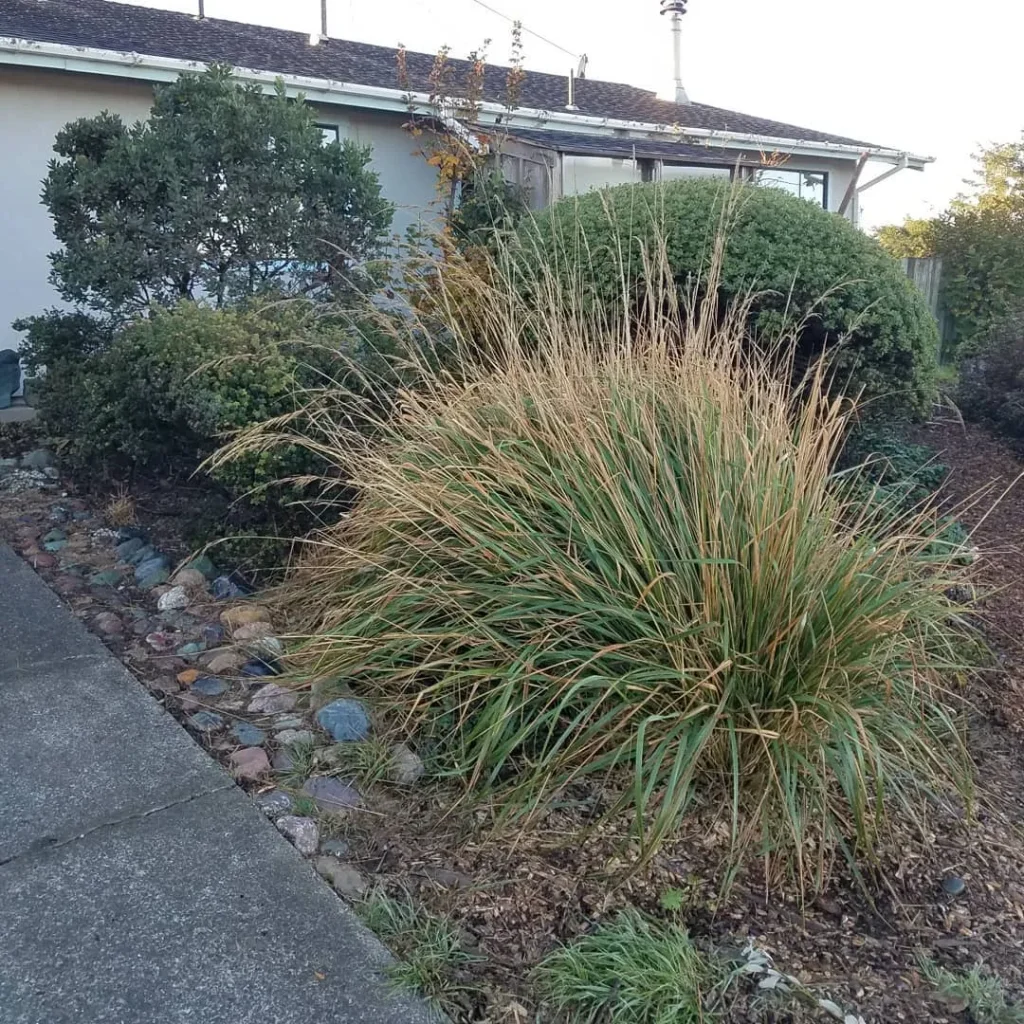All About Geranium Pusillum: A Gardener’s Guide
Hi there, Ferb Vu here! Today, we’re diving into the world of Geranium pusillum, also known as the Small-flowered Crane’s-bill. This little charmer might not be the flashiest flower, but it packs a punch in the resilience department. Whether you’re a seasoned gardener or just starting out, Geranium pusillum can be a wonderful addition to your landscape.
362 Species in Genus Geranium
What is Geranium Pusillum?
Geranium pusillum is a herbaceous annual plant belonging to the Geranium genus, known for its crane-like seed pods. Native to Europe, it’s become a widespread companion in North America, often gracing disturbed areas with its delicate presence.
Is Geranium Pusillum Easy to Grow?
Absolutely! Geranium pusillum is a low-maintenance plant that thrives on neglect. It’s perfect for beginner gardeners or those who simply don’t have a lot of time to fuss with their flora.
What are the Growing Conditions for Geranium Pusillum?
Sun: Geranium pusillum is a sun worshiper. It prefers full sun exposure for at least 6-8 hours a day. However, it can tolerate some light shade, especially in hotter climates.
Soil: This little trooper isn’t picky about soil. It can adapt to various types, from sandy to loamy to even clay. Well-drained soil is key, though, to prevent root rot.
Watering: Geranium pusillum is drought-tolerant. Once established, it doesn’t need frequent watering. Just let the soil dry slightly between waterings.
What are the Characteristics of Geranium Pusillum?
Size: Geranium pusillum is a compact plant, typically growing 1-2 feet tall and wide. Its decumbent to erect stems create a bushy appearance.
Leaves: The leaves are simple, divided into 5-7 wedge-shaped lobes with lobed edges. They’re typically hairy and have a rounded overall shape.
Flowers: The star of the show! Geranium pusillum boasts small, delicate flowers with five petals. Colors range from pink to purple and even magenta. The flowering period extends from June to September, adding a touch of charm to your garden throughout the summer.
How to Care for Geranium Pusillum?
As mentioned before, Geranium pusillum is a low-maintenance plant. Here’s the basic care routine:
Watering: Water deeply when the soil feels dry to the touch. Avoid overwatering.
Fertilizing: Fertilizing isn’t necessary for Geranium pusillum. It thrives on neglect and can handle poor soil conditions.
Deadheading: Deadheading, or removing spent flowers, can encourage continuous blooming throughout the season. Simply pinch off the wilted flowers at the base of the stem.
Propagation: Geranium pusillum readily self-seeds, so you might find new volunteers popping up around your garden. You can also collect seeds in the fall and sow them indoors in late winter or directly outdoors in spring.
Common Pests and Diseases
Geranium pusillum is generally resistant to pests and diseases. However, keep an eye out for:
- Slugs and snails: These slimy creatures can munch on the leaves. Handpick them or use organic slug and snail control methods.
- Aphids: These tiny sap-sucking insects can distort the leaves. Apply insecticidal soap or neem oil if necessary.
Is Geranium Pusillum Right for My Garden?
If you’re looking for a low-maintenance, charming addition to your garden that tolerates less-than-ideal conditions, Geranium pusillum is a great choice. It’s perfect for:
- Rock gardens: Its compact size and drought tolerance make it ideal for filling gaps in rock gardens.
- Borders: The delicate flowers add a touch of color to borders, creating a soft and natural look.
- Containers: Geranium pusillum thrives in pots and containers, adding a pop of color to patios and balconies.
- Wildflower gardens: This little charmer attracts pollinators like butterflies and bees, making it a great addition to a wildlife-friendly garden.
Conclusion
Geranium pusillum might be small, but it brings big rewards to the garden. Its resilience, delicate beauty, and low-maintenance nature make it a perfect choice for gardeners of all levels. So, why not give this little charmer a try in your garden and enjoy its charm throughout the summer?
If i die, water my plants!



